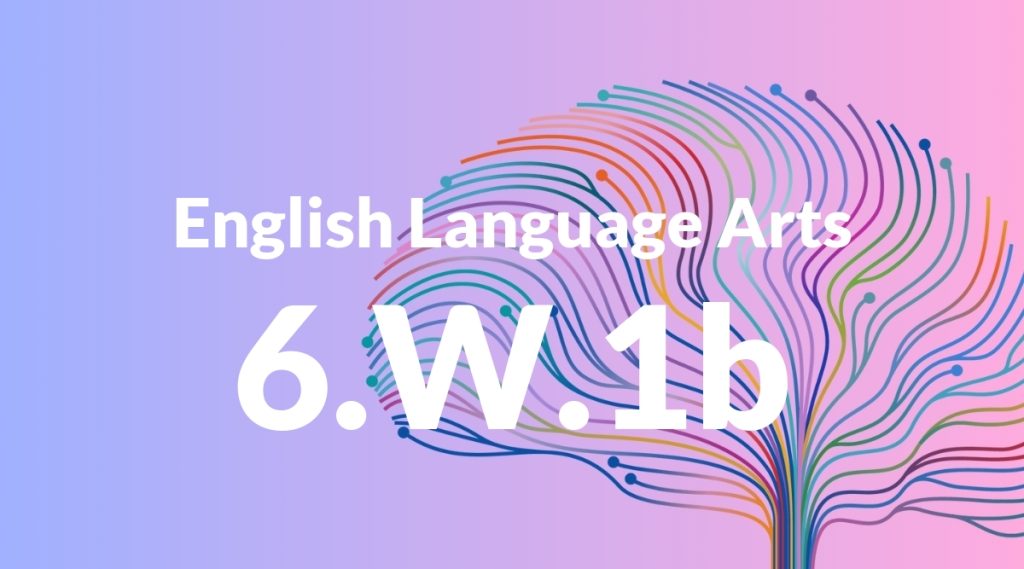Standard: 6.W.1b – Support claim(s) with clear reasons and relevant evidence, using credible sources and demonstrating an understanding of the topic or text.
Grade level: Grade 6
Subject: English Language Arts
Domain: Writing
Teacher Overview
This standard focuses on teaching students to support their claims with clear reasons and relevant evidence. It is crucial for developing critical thinking and argumentative writing skills. Mastery of this standard will help students present well-founded arguments in both written and verbal formats. Before tackling this standard, students should be able to identify main ideas and supporting details in a text and have basic research skills to find credible sources.
After mastering this standard, students will be able to construct well-organized arguments, critically evaluate sources, and present their findings coherently.
Common Misconception 1
One common misconception is that any source can be used as evidence. This is incorrect because not all sources are credible or relevant. Students need to learn how to evaluate the credibility of a source by considering the author’s expertise, the date of publication, and the source’s purpose.
Intervention 1
An effective intervention is to provide students with a checklist for evaluating sources. This checklist can include questions about the author’s credentials, the publication date, and the purpose of the source.
Common Misconception 2
Another common misconception is that personal opinions are sufficient to support a claim. This is incorrect because personal opinions lack the factual basis needed to persuade others. Students must learn to rely on factual evidence and logical reasoning to support their claims.
Intervention 2
To address this misconception, encourage students to use a graphic organizer that separates facts from opinions. This will help them focus on gathering factual evidence to support their claims.
Prerequisite Knowledge
Students should understand how to identify main ideas and supporting details in texts, as well as basic research skills for finding credible sources.
Subsequent Knowledge
Students will develop the ability to construct well-organized arguments, critically evaluate sources, and present their findings in a coherent manner.
Instructional Activities
- Group debates on current events
- Writing persuasive essays on chosen topics
- Researching and presenting on historical events
- Analyzing and critiquing news articles




